The psychology behind next- and same-day delivery
Consumer behavior in e-commerce
In 2019, Zalando started building their new distribution centre in Bleiswijk (Netherlands). They recently announced that the distribution centre will be up and running at the end of 2021 (Twinklemagizine, 2021). This new distribution centre offers a lot of exciting opportunities. Brands are now able to offer their customers next day (and same day) delivery on Zalando.
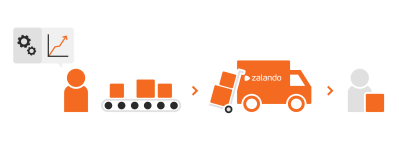
Why people like fast delivery
Next-day and same-day delivery seem like attractive options, both for the consumer and the seller. Consumers have the convenience of getting their package quickly, which makes Brands that offer these options more attractive. Behavioral economic theory predicts that consumers will value having a good sooner rather than later. Contrary to the standard rational model of economics, consumers are willing to pay significantly more for faster delivery.
Logically speaking people should be willing to pay a certain amount for a certain amount of time saved. The amount people are willing to pay extra is equal to the utility (= happiness) gained by the time saved. If you would plot this in a graph, you would find an exponential function.
In a study by Hantula & Bryant (2005), they found that people were willing to pay a significant amount extra for a product if they would receive it sooner. When there is a bigger delay, however, they are not willing to pay this amount. Within behavioral economics, this phenomenon is called hyperbolic or delay discounting (If you plot this utility function in a graph you’ll see a hyperbolic function as is shown in figure 1.a).
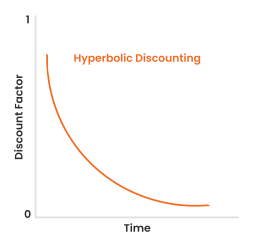
Figure 1.a: Hyperbolic discounting
Hyperbolic discounting in e-commerce
Hyperbolic discounting is one of the many cognitive biases people have. A cognitive bias is the irrational behavior of people when they are faced with a decision. The biases do have some evolutionary advantages, but in our current modern society they lead to irrational decisions (Haselton, Nettle, & Andrews, 2005)
In the case of hyperbolic discounting, people tend to prefer immediate rewards and satisfaction over future rewards. Even when these future rewards are greater
(or will provide greater joy in the future), people prefer the immediate reward. In an evolutionary setting this makes sense: delaying a reward can provide additional risk, a foraging animal can see their food taken away from them by a competitor if they don’t eat it immediately for example (Alexander & Brown, 2010).
Cognitively, immediate rewards have a greater subjective value for a person. If you translate hyperbolic discounting to an e-commerce situation people will probably prefer faster rather than slower delivery, even if that means paying more. The subjective value of these goods (immediate rewards) is greater when people receive them earlier.
In the context of deliveries, this principle is also used to make people spend more at a marketplace for example. When a deal is offered with free shipping, when consumers spend a certain amount, they are inclined to spend more. The immediate reward (spending more but receiving the product sooner) is valued more than the delayed reward (Spending less but waiting longer for the product).
Next day vs. same-day delivery
Hyperbolic discounting is one of the reasons people tend to spend more on faster delivery. At first glance, one would say that this should be true for same-day delivery as well. Back in 2014 Mckinsey deemed next-day delivery as ‘the next evolutionary step’ in parcel logistics’. This would combine the convenience of online shopping with the immediate product availability of retail shopping. A lot of major marketplaces (Amazon, eBay) started rolling out their same-day delivery networks. In the Netherlands, major players as Bol.com and delivery services as DHL also started with a next-day delivery service.
However, the predicted growth of same-day delivery did not materialize. In 2020 the largest part of b2c (business to consumer) deliveries were next-day deliveries. Whereas only .25 percent of deliveries were same-day deliveries (Authority of consumer and market, 2021). In Germany, big players such as DPD have already stopped offering same-day delivery (Ecommerce news, 2021).
In contrast to next-day delivery, same-day delivery does not seem to catch on with consumers. Apparently, the extra convenience this would offer is not worth the extra price consumers have to pay for same-day delivery.
This can also be explained with hyperbolic discounting. It is true that people are willing to pay extra for more immediate rewards, but for same-day delivery, there is still a delay between the moment you order a product and the moment that it is delivered. Usually around 12 hours. The difference with next-day delivery (which is around 24 hours) is then not so great. Within the hyperbolic function, both products will have somewhat the same subjective value. The same-day delivery value will be a fraction higher than the next-day delivery value, but this difference is not nearly large enough to justify the extra costs.
The future of same-day delivery
Offering same-day delivery as an extra service to the consumer does not seem to work very well, consumers are not willing to pay the (extra) costs of same-day delivery. But this does not mean that same-day delivery has no future value, same-day delivery can be used as a way to extend the cutoff time on marketplaces (Ecommerce news, 2021). For a lot of marketplaces, the cutoff time is at 10 in the evening, when people are able to order products later in the evening and still receive them the next day, this can increase sales (As well as your placements on some of these marketplaces, a later cutoff time usually results in a higher ranking of your brand).
The fact that this is technically same-day delivery should then not necessarily be salient to consumers, this is largely a process in the background. The fact that the cutoff time is later does help to increase sales and ranking on marketplaces. Important to note, however, is that this later cutoff time should not be more expensive compared to the earlier cutoff time, as this would have the same problem as the extra costs for same-day delivery.
Conclusion
To conclude, people are willing to pay delivery fees for a fast delivery up to a certain point. Offering same-day delivery for products does not work when consumers compare the subjective value of the products to next-day delivery. However, next-day delivery has become the standard within b2c e-commerce, when compared to a slower delivery (say 3-5 days) consumers are willing to pay the extra delivery costs because of the greater subjective value products hold when they are received sooner.
When Zalando opens their new distribution center at the end of the year, offering people next-day delivery (and extending the cutoff time with same-day delivery) will definitely increase your product's subjective value, which will have a positive impact on sales.
Do you want to know more about the best marketplace strategy for your brand? Or do you need an expert to handle the entire marketplace process for you? Go to Bandsom.nl or contact our marketplace consultants directly via Contact@brandsom.nl.
Guest Author

Koen van der Ploeg
Marketplace consultant | Brandsom
Koen is a psychologist specialized in consumer behavior
Sources
Alexander, W. H., & Brown, J. W. (2010). Hyperbolically discounted temporal difference learning. Neural computation, 22(6), 1511–1527.
Autoriteit consumenten en markt (2021). Post en pakketten monitor 2020. Retrieved from: https://www.acm.nl/sites/default/files/documents/post-en-pakkettenmo nitor-2020.pdf
Ecommercenews (2021). Same day delivery minder in trek. Retrieved from: https://www.ecommercenews.nl/same-day-delivery-minder-in-trek/ Ecommercenews (2021). Same day delivery. Retrieved from: https://www.ecommercenews.nl/tag/same-day-delivery/
Hantula, D. A., & Bryant, K. (2005). Delay discounting determines delivery fees in an e‐commerce simulation: A behavioral economic perspective. Psychology & Marketing, 22(2), 153-161.
Haselton M.G., Nettle D., & Andrews P.W. (2005). "The evolution of cognitive bias." In Buss DM (ed.). The Handbook of Evolutionary Psychology. Hoboken, NJ, US: John Wiley & Sons Inc. pp. 724–746.
Mckinsey (2014). Same day delivery: the next evolutionary step in parcel logistics. Retrieved from:https://www.mckinsey.com/industries/travel-logistics-and infrastructure/our-insights/same-day-delivery-the-next-evolutionary step- in-parcel-logistics
Twinklemagazine (2021). Zalando opent Nederlands dc eind 2021. Retrieved from: https://twinklemagazine.nl/2021/06/zalando-opent-nederlands-dc-eind -2021/index.xml


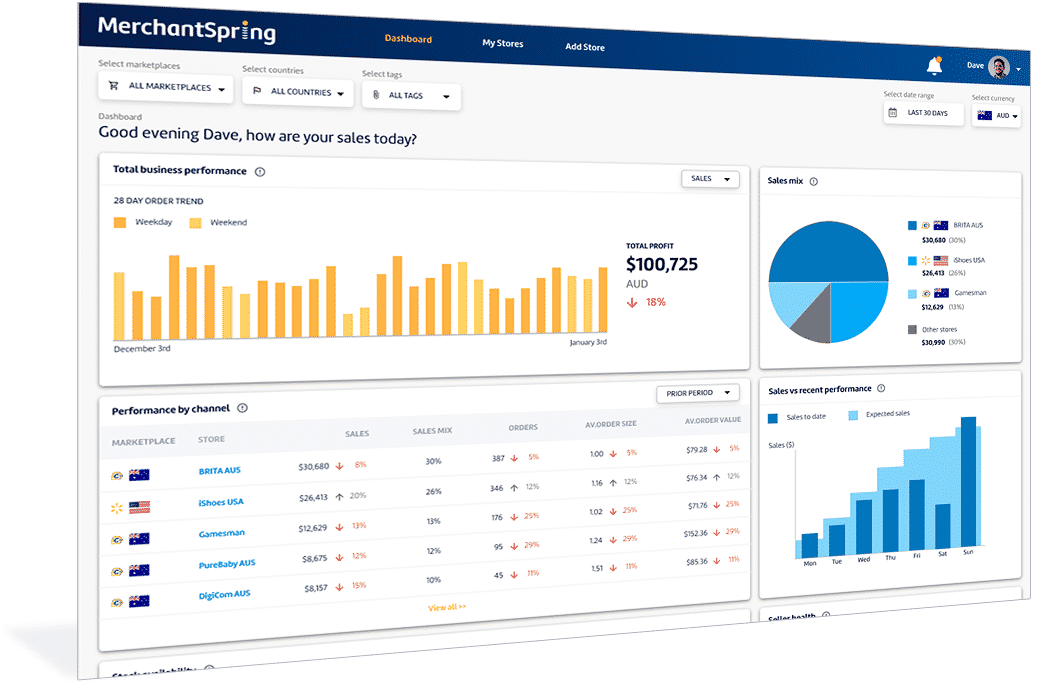

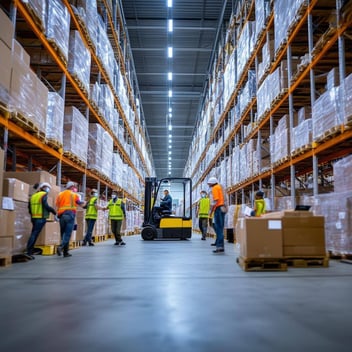
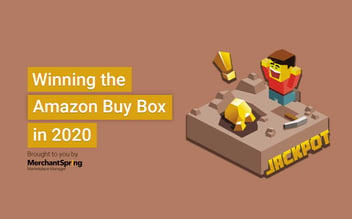
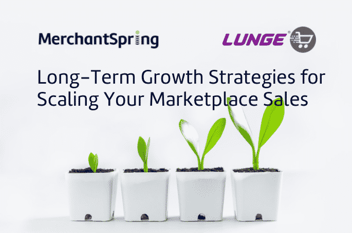

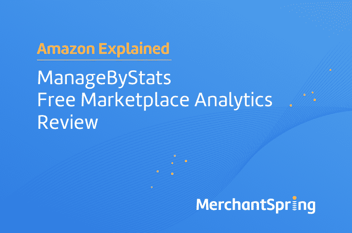

Add a Comment